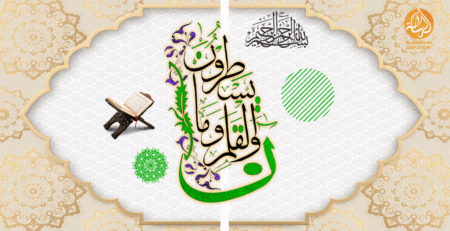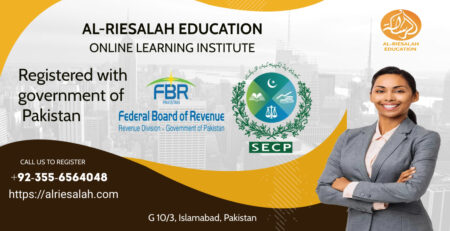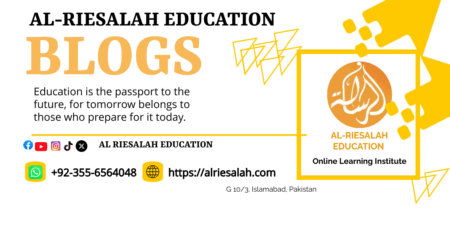Media Effect on Islam as a Religion
Islam, a faith of peace and compassion, has often been misrepresented by the media, leading to pervasive stereotypes of violence and terror. This misrepresentation has profound consequences, influencing global perceptions and exacerbating Islamophobia. This article delves into the intricate relationship between the media and Islam, exploring how portrayals in various forms of media shape public opinion and perpetuate harmful stereotypes.
I. Introduction
The portrayal of Islam in the media holds immense significance in shaping public perception. From news coverage to Hollywood productions, the depiction of Islam often fails to capture its true essence, perpetuating misconceptions and biases. Understanding the impact of media representation on Islam is crucial in addressing widespread stereotypes and fostering intercultural understanding.
II. Historical Context
The portrayal of Islam in media traces back centuries, influenced by historical events such as conflicts and colonialism. Early depictions often reinforced Orientalist tropes, depicting Muslims as exotic or barbaric. These narratives laid the foundation for contemporary media portrayals, shaping how Islam is perceived on a global scale.
III. Contemporary Media Portrayal
In today’s digital age, the media landscape has evolved, with mainstream news outlets, social media platforms, and entertainment media playing pivotal roles. Mainstream media coverage often highlights instances of violence or extremism within the Muslim community, perpetuating the stereotype of Islam as inherently violent. Furthermore, social media amplifies these narratives, facilitating the rapid spread of misinformation and fostering fear and distrust.
IV. Effects on Perception
The portrayal of Islam in the media has profound effects on public perception. Globally, Islam is often associated with terrorism and extremism, leading to discrimination and marginalization of Muslims. This negative portrayal not only harms individuals but also fuels Islamophobia, contributing to hate crimes and societal divisions.
V. Counter-Narratives
Efforts to counter negative stereotypes and misrepresentations of Islam are underway. Initiatives promoting accurate depictions of Muslims in media, as well as showcasing diverse voices within the Muslim community, aim to challenge prevailing narratives. Positive representations in film, literature, and art offer alternative perspectives, highlighting the richness and diversity of Islamic culture and heritage.
VI. Media Responsibility
Media outlets bear a significant responsibility in shaping public discourse and perceptions. Ethical reporting practices, including fact-checking and avoiding sensationalism, are essential in ensuring accurate representation. Journalists play a crucial role in challenging biases and promoting understanding through balanced and nuanced reporting.
VII. Conclusion
In conclusion, the media’s portrayal of Islam profoundly impacts public perceptions, shaping attitudes and beliefs on a global scale. Addressing stereotypes and biases requires concerted efforts from media outlets, journalists, and society as a whole. By promoting accurate and inclusive representations of Islam, we can foster greater understanding and empathy across cultures and religions.
FAQs
1. Why does the media often portray Islam negatively? Media portrayals are often influenced by sensationalism and biases, leading to the amplification of negative stereotypes.
2. How can individuals combat Islamophobia in their communities? Educating oneself about Islam and engaging in interfaith dialogue are effective ways to challenge stereotypes and promote tolerance.
3. Are there examples of positive representations of Islam in media? Yes, there are films, books, and TV shows that offer nuanced and positive portrayals of Muslims and Islamic culture.
4. What role does social media play in shaping perceptions of Islam? Social media can both challenge and perpetuate stereotypes, depending on how it is used and the narratives that are amplified.
5. How can media consumers discern between accurate and biased portrayals of Islam? Critical media literacy skills, such as fact-checking and seeking diverse perspectives, are essential in discerning between accurate and biased representations.












Leave a Reply